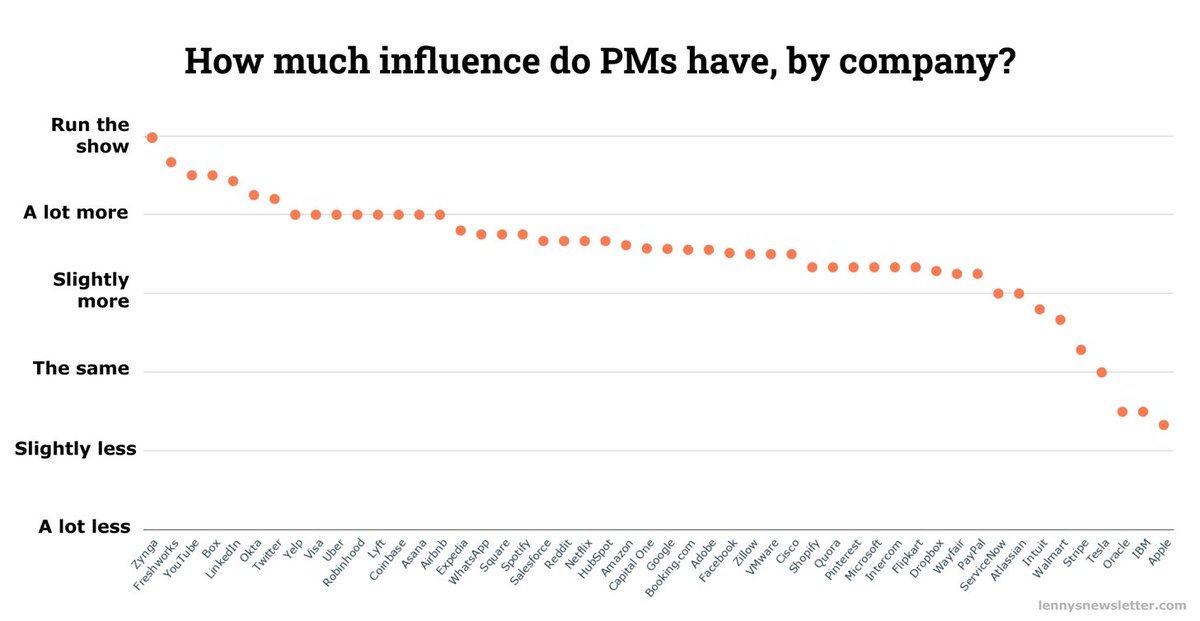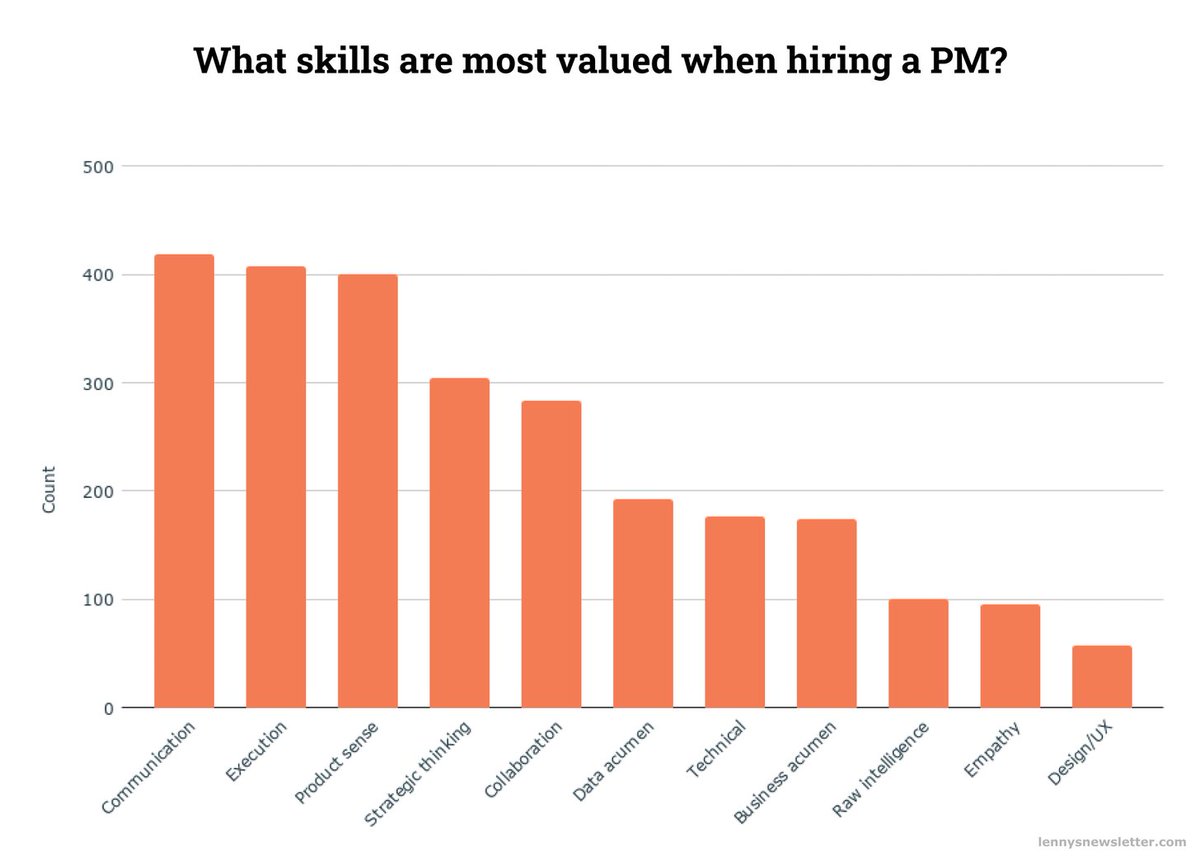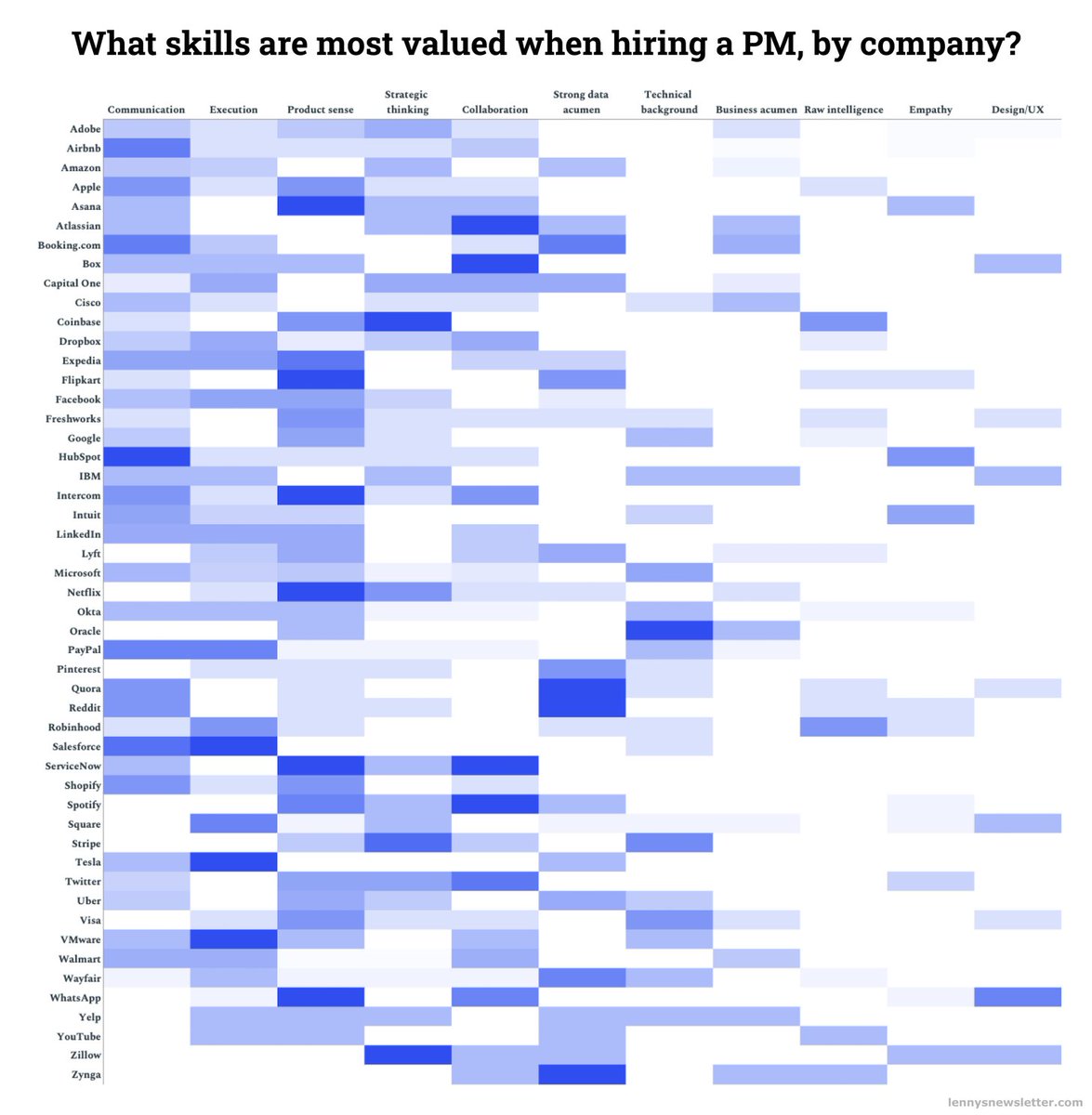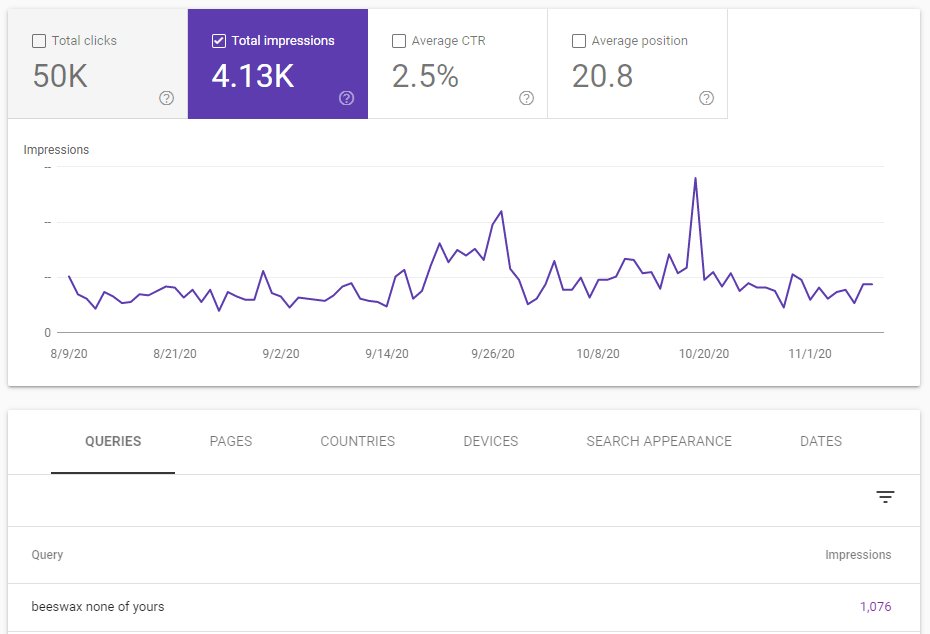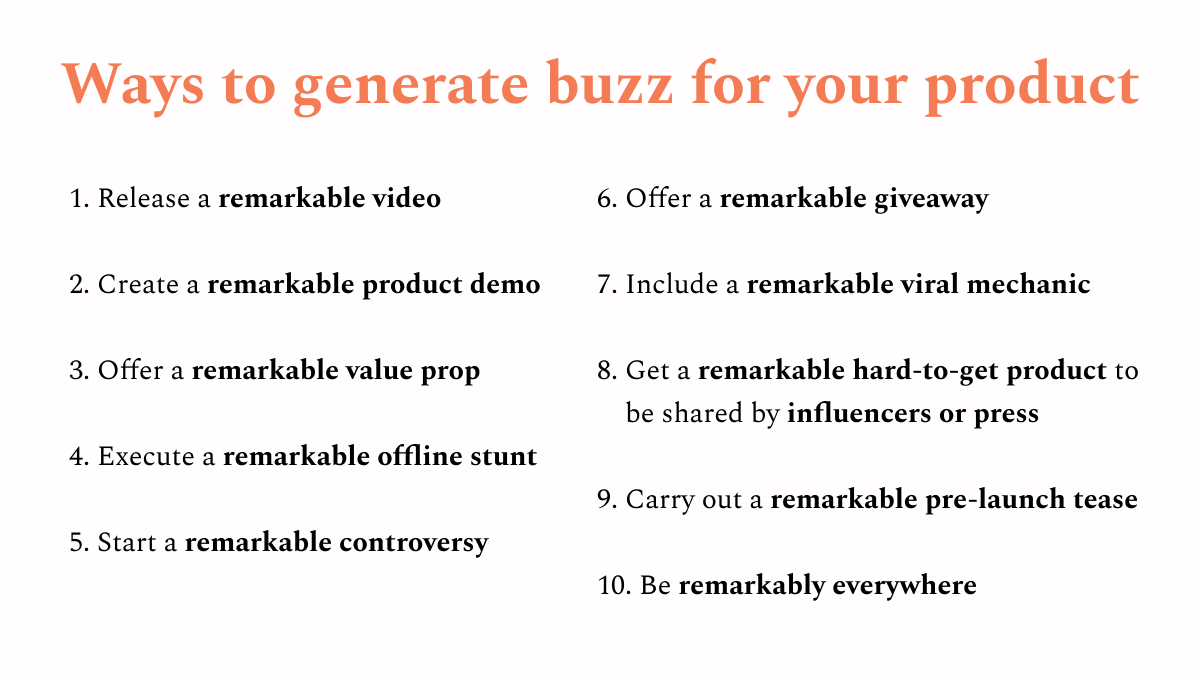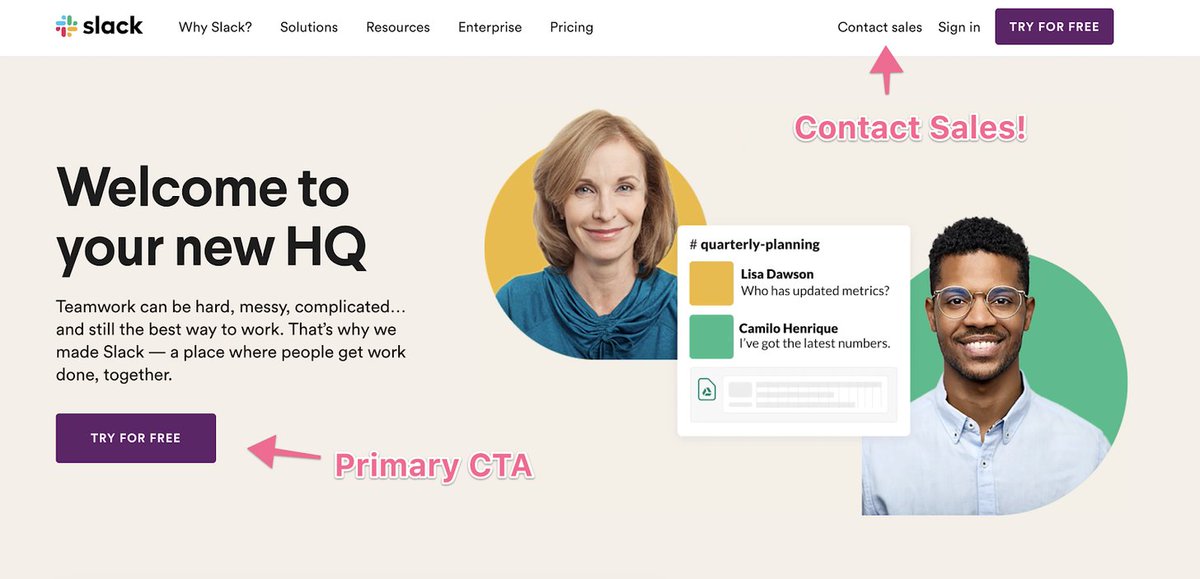
This week, I reflect on the wild year this newsletter has had, and share a bit about what's coming next. See thread for summary.
I've also taken the opportunity to collect the top posts and tweets from the year, plus my favorite mother-in-law takeaways 🥰
lennyrachitsky.com/p/2020-year-in…
I've also taken the opportunity to collect the top posts and tweets from the year, plus my favorite mother-in-law takeaways 🥰
lennyrachitsky.com/p/2020-year-in…
3/ Accomplishments this year
1. A post every week of the year
2. 700% YoY growth
3. Launched a paid plan
4. Launched the private Slack community (one of my proudest achievements)
5. Added a second weekly email highlighting the top advice from the community, curated by @KiyaniBba
1. A post every week of the year
2. 700% YoY growth
3. Launched a paid plan
4. Launched the private Slack community (one of my proudest achievements)
5. Added a second weekly email highlighting the top advice from the community, curated by @KiyaniBba
4/ Coming next year
1. More in-depth deep dives, including a “grand unified theory of growth”
2. A live online course for new product managers
3. A personally curated guide of the best resources for anything product, growth, startups, working with humans, and more
...
1. More in-depth deep dives, including a “grand unified theory of growth”
2. A live online course for new product managers
3. A personally curated guide of the best resources for anything product, growth, startups, working with humans, and more
...
4b/ (continued)
4. More investment in the community, including a regular cadence of fireside chats with the most interesting people in growth, product, and startups
5. And generally, more of the same: actionable and concrete advice delivered to you weekly
4. More investment in the community, including a regular cadence of fireside chats with the most interesting people in growth, product, and startups
5. And generally, more of the same: actionable and concrete advice delivered to you weekly
5/ Most popular posts this year: Growth
lennyrachitsky.com/p/how-the-bigg…
lennyrachitsky.com/p/how-todays-f…
lennyrachitsky.com/p/what-is-good…
lennyrachitsky.com/p/this-week-21…
lennyrachitsky.com/p/magical-grow…
lennyrachitsky.com/p/how-the-bigg…
lennyrachitsky.com/p/how-todays-f…
lennyrachitsky.com/p/what-is-good…
lennyrachitsky.com/p/this-week-21…
lennyrachitsky.com/p/magical-grow…
6/ Most popular posts this year: Product
lennyrachitsky.com/p/my-favorite-…
lennyrachitsky.com/p/product-mana…
lennyrachitsky.com/p/getting-bett…
lennyrachitsky.com/p/flywheels-fl…
lennyrachitsky.com/p/managing-up
lennyrachitsky.com/p/my-favorite-…
lennyrachitsky.com/p/product-mana…
lennyrachitsky.com/p/getting-bett…
lennyrachitsky.com/p/flywheels-fl…
lennyrachitsky.com/p/managing-up
7/ Most popular posts this year: Building a company
lennyrachitsky.com/p/my-favorite-…
lennyrachitsky.com/p/a-playbook-f…
lennyrachitsky.com/p/what-it-feel…
lennyrachitsky.com/p/how-to-know-…
lennyrachitsky.com/p/sales-bottom…
lennyrachitsky.com/p/my-favorite-…
lennyrachitsky.com/p/a-playbook-f…
lennyrachitsky.com/p/what-it-feel…
lennyrachitsky.com/p/how-to-know-…
lennyrachitsky.com/p/sales-bottom…
8/ Most popular tweets
https://twitter.com/lennysan/status/1275819005568118784
https://twitter.com/lennysan/status/1292260280517287937
https://twitter.com/lennysan/status/1277620704146423809
https://twitter.com/lennysan/status/1305589784505581568
https://twitter.com/lennysan/status/1311350222883139584
https://twitter.com/lennysan/status/1313885961030234113
https://twitter.com/lennysan/status/1296835759056420864
9/ And finally, my favorite mother-in-law's takeaways 💖
https://twitter.com/lennysan/status/1232352541813301248
https://twitter.com/lennysan/status/1334243409809219584?lang=en
https://twitter.com/lennysan/status/1321522042542305280
https://twitter.com/lennysan/status/1311092646685810688
https://twitter.com/lennysan/status/1336789717715599361
10/ To all of you who subscribe, share, ask questions, or have helped me in any way with the newsletter or the community: THANK YOU.
I could not be more grateful to you for allowing me to do this work 💖
2021 here we come!
I could not be more grateful to you for allowing me to do this work 💖
2021 here we come!
• • •
Missing some Tweet in this thread? You can try to
force a refresh


